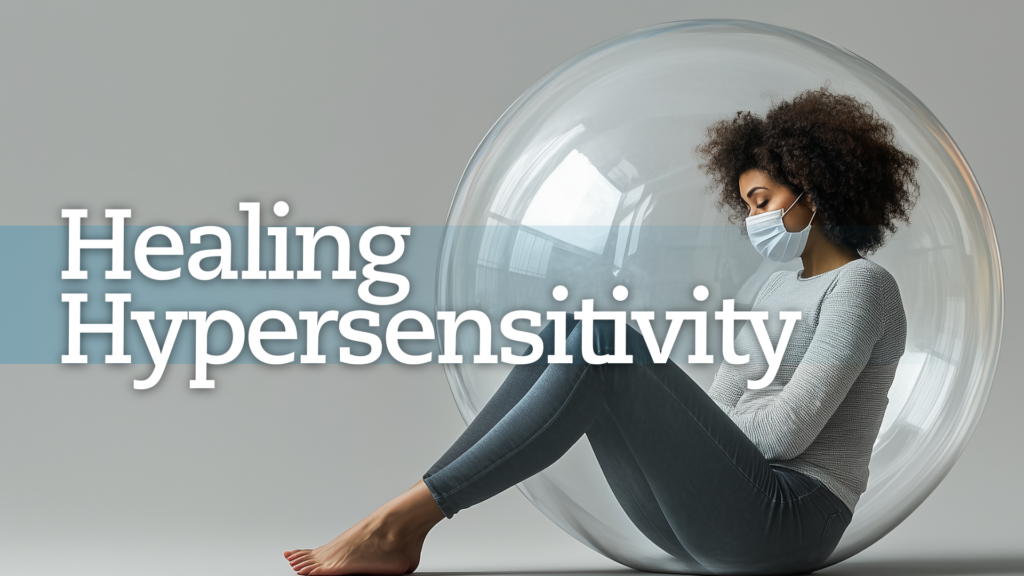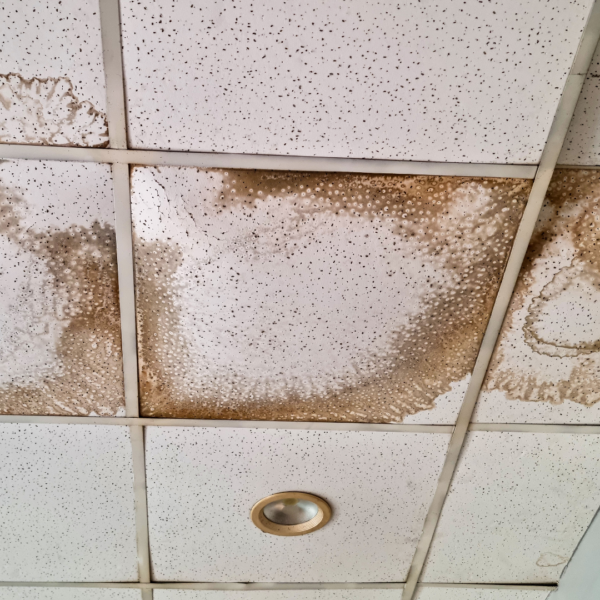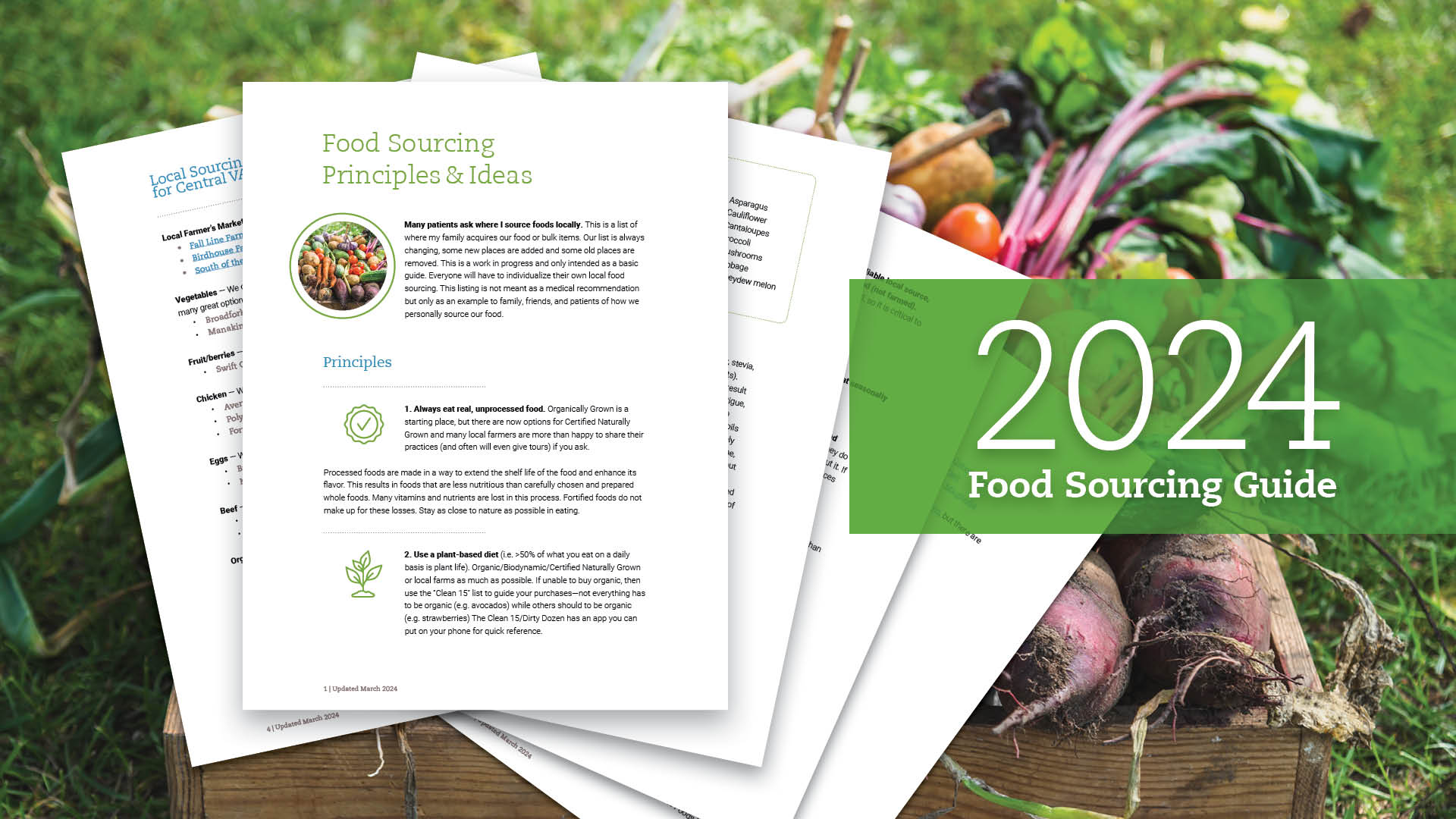Made for Health
Healing Hypersensitivity
Understanding & Transforming Our Skyrocketing Sensitivity to Almost Everything

Aaron Hartman MD
November 13, 2024
Subscribe
Never miss out on new content from Dr. Hartman.
Why are so many people becoming hypersensitive to foods, chemicals, and even technology? Dr. Neil Nathan, a pioneer in integrative medicine, believes that this isn’t a coincidence.
“The world has become far more toxic and we’re witnessing its effects in an epidemic of hypersensitivity.”
I recently sat down with Dr. Nathan to explore his insights into hypersensitivity.
The Hypersensitivity Crisis
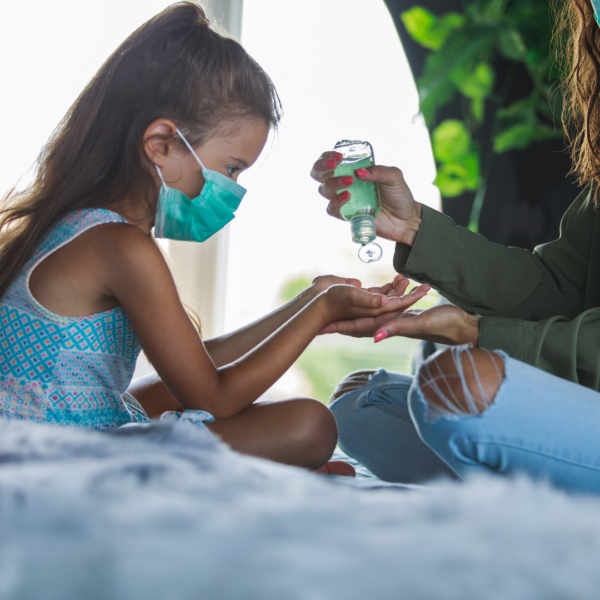
For over five decades, Dr. Nathan has been working with patients suffering from chronic, “mysterious” health challenges, often dismissed by traditional medicine. His work led him to a sobering realization: hypersensitivity isn’t just an isolated issue anymore—it’s a growing, global health crisis. Environmental toxins, hidden pathogens like mold and Lyme disease, and modern stressors like EMFs are overloading immune systems and pushing nervous systems to the brink.
“People who react intensely to these triggers aren’t ‘overly sensitive,” says Dr. Nathan. “They’re showing us the reality of a toxic world.”
The “Toxic Trio” of Chronic Illness
Toxins, Infections, & Immune Dysregulation
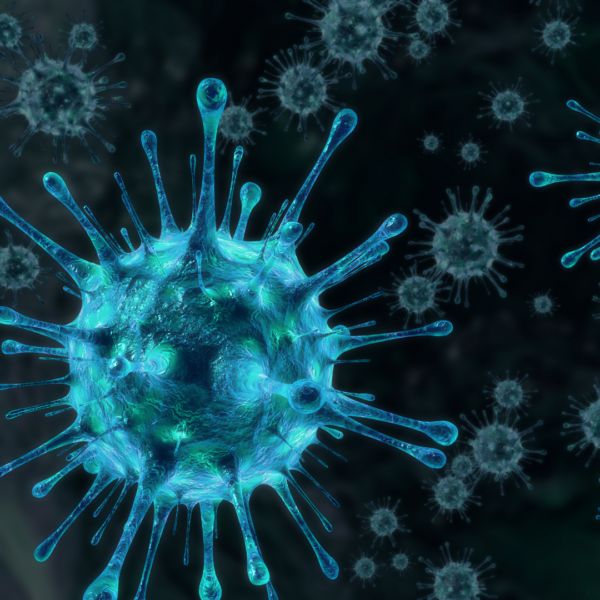 “It’s rarely just one thing,” says Dr. Nathan. “For most chronically ill patients, it’s a perfect storm of toxins, infections, and immune dysregulation.” He calls this combination the “toxic trio,” and believes it’s central to understanding why so many chronic illnesses are difficult to resolve.
“It’s rarely just one thing,” says Dr. Nathan. “For most chronically ill patients, it’s a perfect storm of toxins, infections, and immune dysregulation.” He calls this combination the “toxic trio,” and believes it’s central to understanding why so many chronic illnesses are difficult to resolve.
- Environmental toxins (like mold and heavy metals)
- Hidden infections (such as Lyme disease or Epstein-Barr)
- Immune system dysfunction
Toxins accumulate quietly, stealth infections continuously tax immunity, and the combined stress leaves the immune system stuck in chronic activation mode, leading to persistent inflammation and autoimmune-like symptoms.
“It’s like a three-legged stool,” Dr. Nathan explains. “Addressing just one factor won’t resolve the underlying issue.”
The Hidden Impact of Mold Toxicity
“Mold toxicity is one of the most misunderstood issues in chronic illness today,” says Dr. Nathan. Many assume mold exposure only causes minor allergies, but Dr. Nathan warns it’s a hidden source of debilitating fatigue, cognitive issues, and immune disruption.
Mycotoxins—The Silent Saboteurs
Mold releases mycotoxins, poisonous compounds that affect the immune, nervous, and hormonal systems. These toxins can “take over the body’s detox processes,” accumulating in tissues and creating chronic health problems, particularly for those with genetic predispositions. This means that even after removing yourself from mold exposure, toxins can remain, impacting health for months or even years.
“Removing yourself from the source isn’t enough,” Dr. Nathan explains. “You have to help your body release the toxins already there.”
Mold toxicity requires a systematic approach to detoxification. Dr. Nathan advocates for identifying hidden mold sources—such as in homes or vehicles—and emphasizes detox strategies, including binding agents, infrared saunas, and safe supplements. With a targeted approach, patients can start reversing the devastating effects of mold on their health.
Want to Go Deeper?
If you want to explore Mold-Toxicity further, we offer a wealth of resources on our website.
Explore Mold & CIRS
The Hidden Influence of EMFs on Chronic Illness
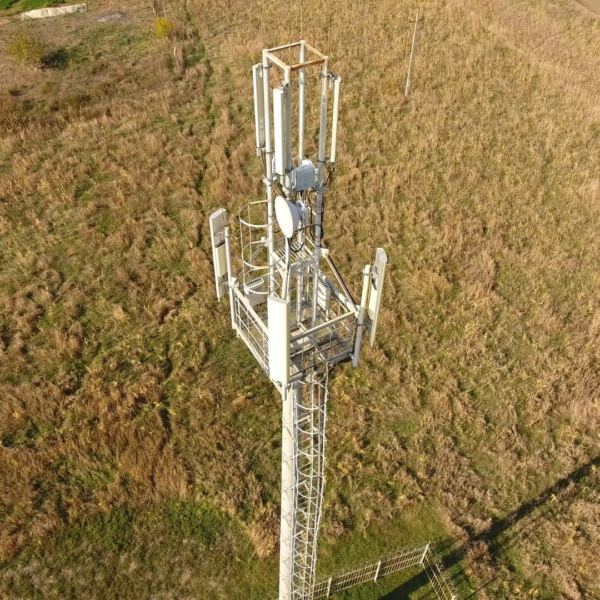
In today’s tech-driven world, few realize that electromagnetic fields (EMFs) from devices like cell phones, Wi-Fi routers, and computers may worsen chronic illness symptoms. Dr. Nathan believes EMFs are more than an annoyance—they’re an invisible stressor that can compound issues like mold toxicity and Lyme disease.
“For patients with chronic illness, EMFs add a stressor the body can’t always handle,” Dr. Nathan says. EMFs disrupt cellular function, impede healing, and increase oxidative stress, especially for those already overloaded with toxins. Symptoms like anxiety, insomnia, and brain fog often worsen after EMF exposure, exacerbating health challenges.
Emerging research suggests EMFs interfere with the body’s electrical signaling and immune responses, worsening inflammation in those with chronic conditions.
What Can We Do?
Reducing EMF exposure is more than a simple precaution; for some, it’s an essential part of the healing process. Dr. Nathan advises minimizing close contact with EMF sources, turning off Wi-Fi at night, and investing in EMF-blocking tools. For many, reducing EMF exposure creates the space their bodies need to respond more effectively to other treatments.
A Path Forward: Personalized Medicine & Patient-Centered Care

“Healing comes when we stop treating the illness and start supporting the individual,” Dr. Nathan says. In his experience, personalized, patient-centered care often succeeds where one-size-fits-all treatments fail.
Dr. Nathan’s clinical philosophy focuses on seeing each patient as unique, tailoring treatment to address specific issues like toxin buildup or immune dysregulation. He remains open to conventional and holistic therapies alike, understanding that healing often comes from unexpected places.
“What works for one person may be entirely ineffective—or even harmful—for another.”
Restoring Quality of Life
“A return to wellness means reconnecting with what makes life meaningful,” Dr. Nathan says.
Building a Resilient Healing Path

“Healing isn’t a single path, It’s about finding the steps that move you forward—no matter how gradual they may be.”
What’s Next?

If you’re struggling with hypersensitivity, you should know that you’re not alone and there is hope. I encourage you to take action.
If this article resonates with you, I encourage you to explore membership at RIFM.
If you’d like to continue researching these topics, consider the following articles:
